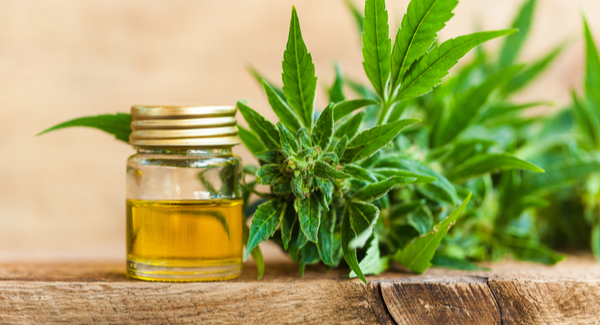Heat and Cold Therapy
Heat may be dry or moist. Dry heat sources include heat lamps, heating pads or "wearable" disposable heat packs that you can find at most grocery stores or pharmacies. Moist heat sources include warm baths and washcloths soaked in warm water.
Soaking in a warm tub can be a good way to apply heat to all parts of the body at once, especially if you ache all over with fibromyalgia or if you have arthritis in several joints.
Applying a cold compress can reduce pain and swelling. Cold therapy also can numb the affected nerves and distract your mind from the source of your pain. But, using ice for too long can cause stiffness. Use cold for pain in the first 24 to 48 hours after pain starts. To avoid causing damage to the skin, apply cold packs for no more than 15 to 20 minutes at a time. Always put a towel between your skin and the cold pack.
Physical Therapy
Physical therapy can strengthen the muscles in your back to help relieve back pain or regain motion. Recent research shows that exercises designed to strengthen back muscles may be useful even if you don't have back pain yet. For elderly women, back-strengthening exercises can help to reduce the possibility of fracturing the vertebrae (individual bones) of the spine.
Water Exercise
Warm water is a good place to stretch and strengthen your back muscles. Water allows your muscles to relax and acts as resistance to help build muscle strength. Buoyancy makes it feel easier and more comfortable to exercise. To get a full-body workout in the water, you'll need access to a heated pool. You can do warm-water exercise on a smaller scale in your own tub, spa or whirlpool bath.
Massage Therapy
Studies show that many people who get massages for back pain report less pain and anxiety and improved sleep. They also demonstrated better low back flexibility and had higher levels of pain-relieving hormones (called endorphins).
Braces and Corsets
These close-fitting undergarments support the hips, lower back and abdomen. Corsets are adjustable and elastic; braces are sturdier and have metal stays. Both reduce pressure on the discs -- small, circular cushions of tissue that act as shock absorbers between the vertebrae; provide back and abdominal support; and keep the spine stable. Braces are prescribed for temporary pain relief and to restrict movement of the spine during recovery from a fractured vertebra or certain surgeries.
Therapeutic Exercise
Yoga and tai chi are both excellent for back pain. Yoga's breathing exercises, postures and meditation practices, when performed daily, have been shown to improve flexibility and balance, regulate heart rate, lower blood pressure and decrease anxiety, which can worsen back pain. For people with osteoarthritis, tai chi has the added benefit of improving balance as well as easing back pain.
Rest in Moderation
A major myth about back pain is that resting exclusively is the way to get better. But rest and activity go hand in hand. Safe and gentle movement is the best way to ease back into regular exercise.
Weight Loss
The benefits of weight loss are probably greatest for people with the most weight to lose, but even those who carry around an extra 10 or 20 pounds could benefit from losing weight. For most people, that means increasing your level of exercise, while decreasing the amount you eat.
Acupuncture
A National Institutes of Health panel concluded that acupuncture can ease back pain. Acupuncture involves inserting thin needles at points (called acupoints) on the body. Make sure your acupuncturist is certified by the National Certification Commission for Acupuncture and Oriental Medicine, is licensed by your state and uses sterile, disposable needles.
Foot care
If you have back pain after standing or walking, look at your shoes. Wearing shoes with high heels or heels with uneven wear can throw off your posture and put unnecessary stress on your back – and your knee joints as well.
Chiropractic care
Both chiropractors and osteopathic physicians use manipulation to ease back pain, although the way they do it varies. Osteopathic manipulation often involves massaging the soft tissues (such as muscles) about the spine, whereas chiropractic involves manipulating the ligaments and vertebrae of the spine. If you have osteoporosis, osteoarthritis, rheumatoid arthritis, psoriatic arthritis or ankylosing spondylitis, talk to your doctor before seeing a chiropractor.
Stop Smoking
Smoking decreases oxygen to the various tissues that have difficulty getting oxygen in the first place, such as the discs in your spine. Research has shown a high prevalence of spinal stenosis (a condition where the spinal canal is not large enough for the spinal cord) among smokers. Smoking also is a risk factor for osteoporosis, which can lead to painful vertebral fractures.
Relax
Feeling pain worsens stress and stress heightens the awareness and feelings of discomfort. Journaling, talking with a counselor or trying guided imagery can help take your focus off your stress and pain. You also can try progressive relaxation in which you progressively tense and relax your body's muscles from head to toe.



